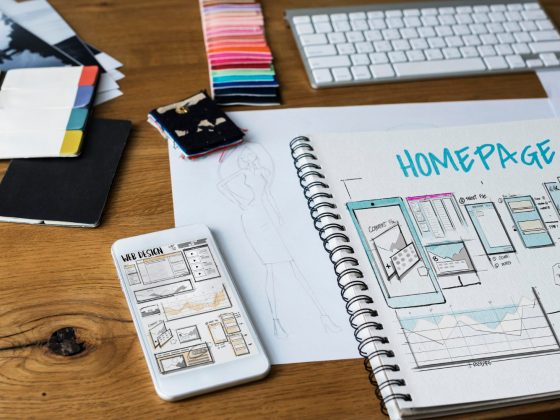As the internet becomes more and more integral to our daily lives, it’s important to ensure that everyone, regardless of ability, can access and use the web. This is where accessibility design comes in. Accessibility design involves creating web experiences that are inclusive of all users, regardless of their physical or cognitive abilities.
In this article, we’ll explore some tips for designing for accessibility and creating a web experience that’s truly inclusive.
- Use Clear and Concise Language One of the most important things you can do to make your website accessible is to use clear and concise language. Avoid using jargon or technical terms that may be confusing to some users. Instead, use plain language that is easy to understand.
- Provide Alternative Text for Images Images are an important part of web design, but they can pose a challenge for users who are visually impaired. To make your website accessible to everyone, be sure to provide alternative text for images. This will allow users who are using screen readers or other assistive technologies to understand the content of the images.
- Use Proper Heading Structure Proper heading structure is important for all users, but it’s especially important for users who rely on screen readers. Use H1 tags for your main heading, and then use H2, H3, and other tags for subheadings. This will make it easier for users to navigate your website and understand its structure.
- Ensure Color Contrast Color contrast is another important aspect of accessibility design. Make sure that there is enough contrast between the background color and the text color so that users with visual impairments can read the content.
- Provide Captions for Videos Videos are becoming an increasingly popular way to present information on websites, but they can pose a challenge for users who are deaf or hard of hearing. To make your videos accessible to everyone, provide captions or transcripts.
- Allow for Keyboard Navigation Not all users are able to use a mouse or other pointing device to navigate the web. Make sure that your website can be navigated using only the keyboard. This will make it accessible to users with motor disabilities or other physical impairments.
- Test Your Website with Assistive Technologies Finally, it’s important to test your website with assistive technologies to ensure that it’s truly accessible. There are many tools available that can help you test your website for accessibility, including screen readers, keyboard emulators, and color contrast checkers.
By following these tips, you can create a web experience that is truly inclusive and accessible to all users, regardless of their abilities.
In conclusion, designing for accessibility is an essential part of creating an inclusive web experience. By using clear language, providing alternative text for images, using proper heading structure, ensuring color contrast, providing captions for videos, allowing for keyboard navigation, and testing your website with assistive technologies, you can ensure that your website is accessible to everyone.







